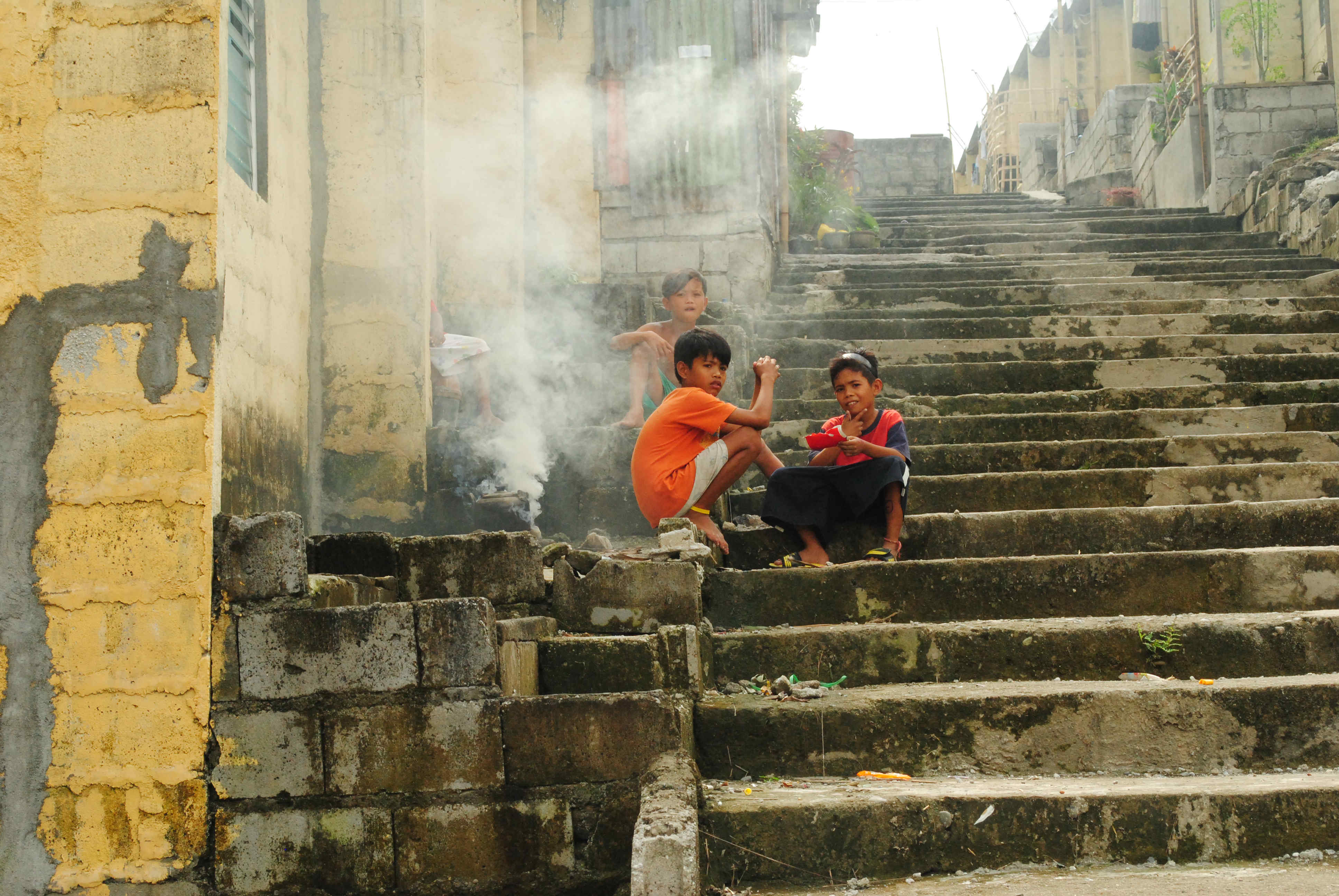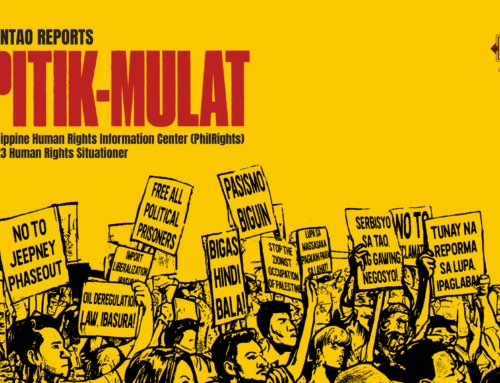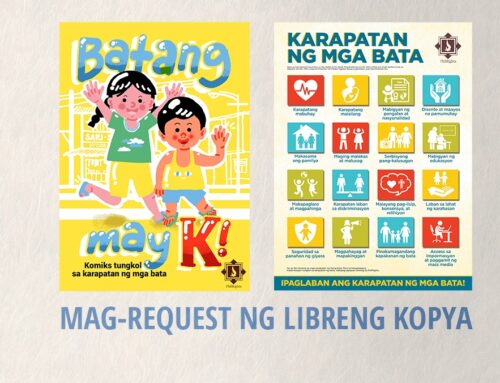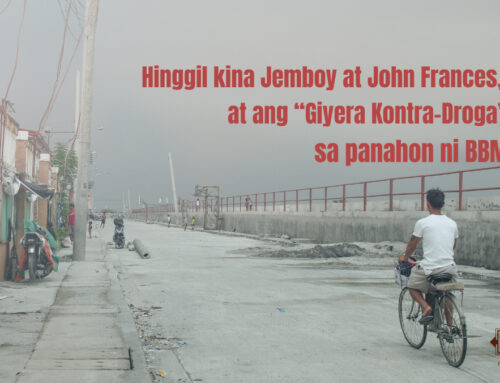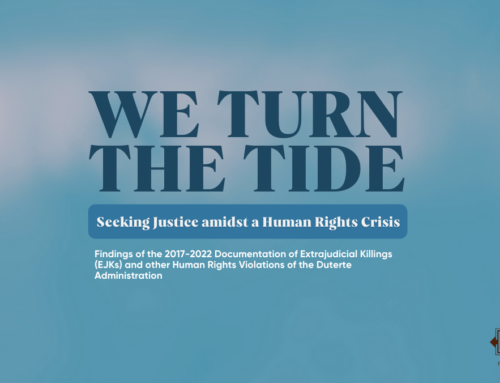By Ameila S. Joubert
Today, the 12th of April, marks the International Day for Street Children. This day is an opportunity to draw attention to the issue of street children and how they have been both misunderstood and overlooked by the government and society at large.
Various attempts have been made to define street children and there exists several definitions that differ by author, CSO, and government. However, street children are often classified into two groups, children on the streets and children of the streets. While children in the first category earn their living by begging for money and engaging in informal jobs on the streets, they return home daily to their families and often receive some form of formal education. However, children of the street are those who live on their own or with other children on the streets because they are either abandoned or have escaped from their families. Children in the latter category experience family rupture and lack parental, emotional, and psychological support normally found in a parenting situation. Lately, a new category of street children has also emerged; “children of street-based families” are those who live on the streets with at least one parent, forming a family unit.
In this article, the term “street children” is used to refer to street children who work or live on the streets—a wide enough definition that incorporates these three categories.
Living on the Streets Violates Children’s Rights
Poverty, unemployment or underemployment, limited access to basic social services and the breakdown of family structures are the root causes of the presence of street children in the Philippines. And while the country’s development plans are supposedly positioned to respond to these root causes, the daily realities of the lives of street children demand urgent attention.
The United Nation Convention on the Rights of the Child (UNCRC)–the most widely ratified human rights treaty worldwide–recognizes that children under 18 years old have a particular status but are still holder of civil, political, economic, social and cultural rights regardless of their race, religion, or abilities. Street children, therefore, have a legal status under the UNCRC which entitles them to the same rights as that of every child. However, street children see their rights violated every day, as many do not have access to the many rights provided in the UNCRC such as clean water, nutritious food, durable shelter, quality health care, physical and psychological protection, and education.
“Street children are often viewed as criminals or potential criminals, representing a public menace.”
Street Children are Vulnerable to Abuse
Street children are highly vulnerable and their lives and safety are put at risk every day, and they are especially vulnerable to sexual exploitation and sexual abuse. Abuse and maltreatment at home remains the leading cause why children end up on the street and prefer a life with their peers. According to Pam Santiago, Philippine Human Rights Information Center’s support and intervention associate, street children often experience abuse from their own family, from other/older street children, and, in some cases, from both. There are also cases of parents exploiting their children by forcing them into prostitution. Moreover, being on the street greatly exposes them to illegal drugs. Santiago notes of a case she handled where the child became a drug user and courier at the age of 12.
In addition to the myriad difficulties that they face on the street, street children are subject to severe social stigma. Indeed, they are often viewed as criminals or potential criminals, representing a public menace. They are often accused of petty street crimes that they did not commit, or if they did commit one, such as sniffing rugby, there is no real understanding from authorities about the reason why they are using drugs (for example, to relieve pain or hunger).
Moreover, street children also become victims of social expansion and lopsided economic growth. They are seen as dirty and unclean and therefore eyesores especially in and around tourist attractions and high end commercial areas. Both national agencies and local governments have been known to drive away or rescue crowds of street children and street dwellers in these areas, especially when hosting high profile international events.
“Street children are too often excluded from policy priorities, with little recognition that their very situation is a violation of their rights as expressed in the UNCRC.”
Policy Failures and Gaps
Street children are too often excluded from policy priorities, with little recognition that their very situation is a violation of their rights as expressed in the UNCRC. Too many policies and interventions fail to provide a holistic approach—most policies notably lack mechanisms that take into account the views and perspectives of street children themselves. The government also has a tendency to depict street children simultaneously as villains and victims. Two pieces of national legislation encourage this confusing view. First, Chapter 1 of the Juvenile Justice and Welfare Act of 2006, categorizes street children as “children at risk” who are “vulnerable to and at the risk of committing criminal offenses because of personal, family and social circumstances.” At the same time, Section 58 exempts any prosecution for prostitution, begging, and sniffing “rugby” because prosecution for children under the age of 18 is prohibited by the UNCRC. There is also Republic Act No. 7610, also known as the Special Protection of Children Against Abuse, Exploitation and Discrimination Act, which includes living on streets among circumstances which “gravely threaten or endanger the survival and normal development of children.” RA 7610 also considers it criminal to “use, coerce, force or intimidate a street child or any other child” to beg, among other illegal acts. Both laws heavily emphasize the risks of violence that street children might face and the need to protect them from the street. Following these aims, the Department of Social and Welfare Development (DSWD) implemented a program called Sagip Kalinga (To save and to care). This program was launched to prevent the rise of street dwellers and protect street children from the difficulties of living on the street. However, the program has been constantly criticized by human rights activists. Indeed, based on testimonies, the program’s rescue efforts are often marred with violence involving the use of batons, handcuffs and placement in prison-like centers, that are almost always poorly resourced . Street children, therefore, have learned to view these operations as arrests instead of rescues. More recently, proposals for a nationwide curfew for minors, ostensibly an anti-crime and children’s protection measure, pose a host of threats for street children including abuse from errant barangay and police authorities.
Ways Forward
In June 2017, the United Nations Committee on the Rights of the Child published for the first time General Comment No. 21 to provide “authoritative guidance to States on developing comprehensive, long-term and national strategies” for street children. It can be seen as an important step forward as this is the first explicit response of the UNCRC concerning the issue of the street children. This general comment highlights that States need to adopt a “child rights approach” instead of a repressive approach, where the “best interest of the child” is the first priority and where children have to be seen as holders of their rights by, for example, including them in the decision-making process. According to this UN Guideline, alongside the right to survival in the street, too many street children see many of their rights violated by simply being on the street and because of existing national policies.
For example, street children do not have access to:
- the right to be heard, given the lack of participation in the conceptualization of national and local policies that directly impact them,
- the right to freedom of association and peaceful assembly by having limited access to some public spaces,
- the right to right to relax and play, and to join in a wide range of cultural, artistic and other recreational activities,
- the right to live with their parents,
- the right to education,
- the right to quality health care.
Beyond policy shifts, real change will have to come from the street children themselves. Being that they hold vital knowledge about their own experience, they no doubt have the most useful perspectives in crafting policy and social changes to not only prevent street dwelling but also immediately address the unmet needs and unfulfilled rights of those who are already on the streets. For as long as they remain voiceless, April 12 shall remain a day of missed opportunities. The State and its agents owe it to our youth to listen to and engage street children in ways that are meaningful, rights-based and participative.
About the author: Ms. Joubert has a Master in Law (LLM) in International Human Rights from the Queen Mary University of London, England, with a specialization in Children Rights. She is a volunteer for the Philippine Human Rights Information Center.



